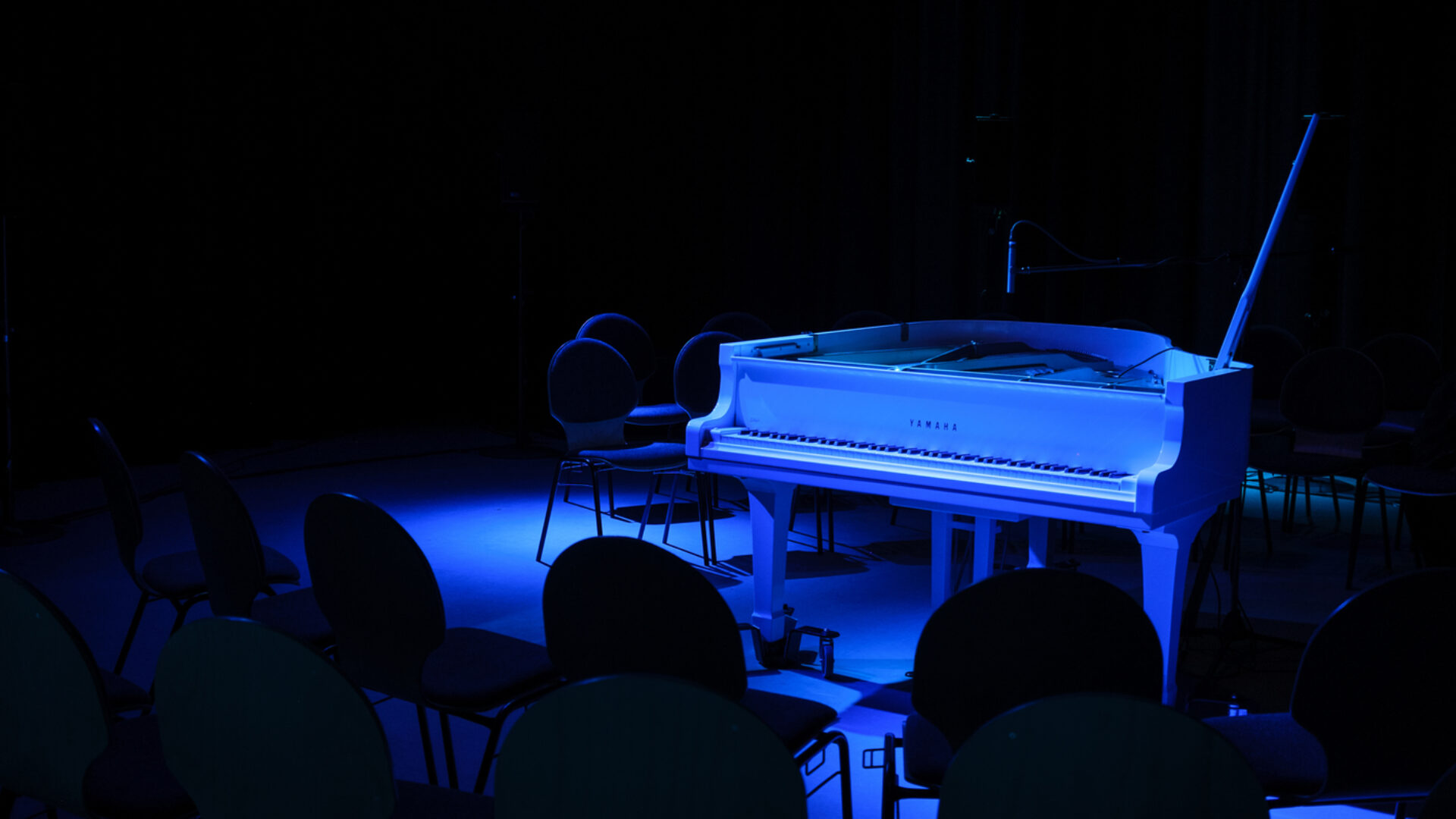These are the sketches of the fifth incubation period.
comment: In this small sketch, I am trying to illustrate the relationship between dynamic and static sonic streams. The violoncello plays the role of a “frenzy” and energetic line, with a few embedded regularities – repetitions of material -, whereas the rest of the instruments highlight static and linear evolutions of rhythmic percussive structures.
comment: So far most of us displayed examples where each instrument plays the whole time. I wanted to offer something, which gives more focus on each instrument as an individual performer. Furthermore, I tried to absorb several ideas that were expressed by others, notably ‘becoming butterfly’. That sketch had a short common sforzatto attacca followed by a sustained pitch – in my case these sustains have been replaced by individual improvisations. At the same time I am trying to respect the idea of anamorphosis – a detailed look will show that each improvisation has the same 9 short gestures, of course slightly adapted to the particular instrument. The relative freedom in time domain, along with these timbral variations, should be seen as anamorphic variances of the same material. The order in which instruments perform their mini-soli is purely arbitrary and should be adapted to the final form of our piece. Due to its uplifting tempo, overall loud dynamics and jumps between extreme registers and noise, I could imagine this excerpt being somewhere close to an end of the piece.
(comment will be posted soon)
comment: This fragment is written for the percussion set described in Proposal 1 – one of the rejected proposals, in accordance to the requirements of this assignment. In this fragments two processes of transformation are underway: these can be understood as a complex divergences or gradual metamorphosis (even though the metamorphosis proper should be less gradual). In Process 1, the initial fragment (Bar 1) is gradually transformed from a pitch-based idea into a non-pitched, percussive idea, in three steps (Bars 15 and 29) By the end of the process the Wood Board and the Temple Blocks follow on, as if emancipated from the original idea (thus a deviation). Process 2 is more linear (only a diverging line, not a metamorphosis): the irregularly pulsating line of Percussion and Contrabass gradually change from wooden sounds into un-pitched metallic sounds, passing through skin/pitched sounds in the middle of the process.
comment: In this sketch, I explore the idea presented by the concept “imitation game” The imitation is in this sketch between instruments. Each instrument or pair of instruments provides a mistranslation or misunderstanding of a previous sound. The cello starts with a granular noise which is shared by the contrabass, violin and continues by the percussion. In bar 6 violin “translates” imitates the high-frequency content of the granular noise of the percussion by playing legno battuto. Later on, this legno battuto noise is translated into harmonics also legno battuto. Finally, the legno battuto becomes trills. Each state can be developed further.
